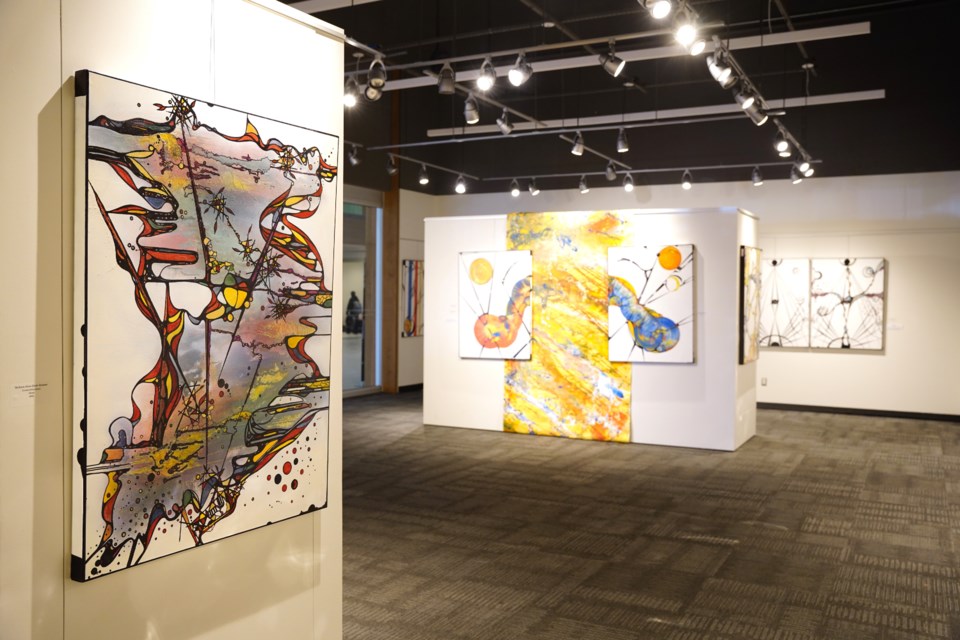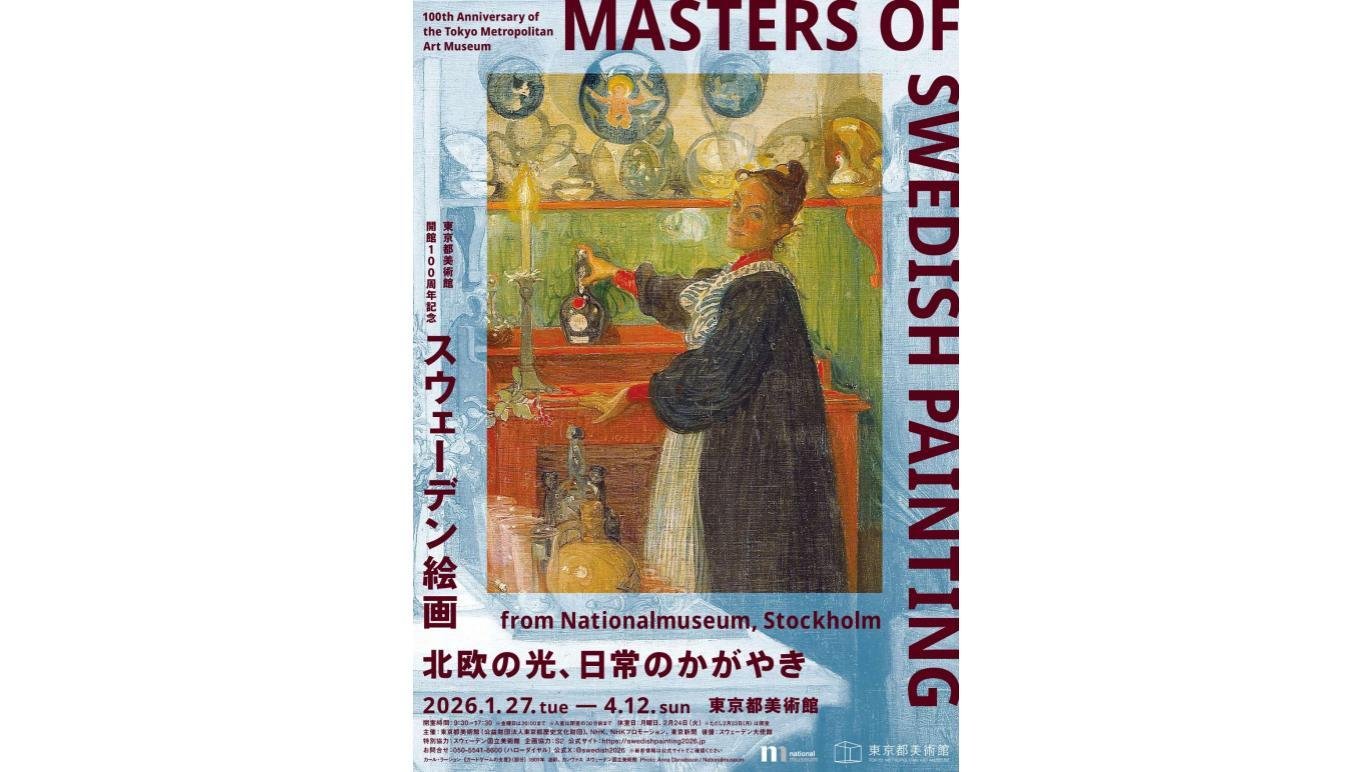Change II exhibit runs until Oct. 27
The FirstOntario Arts Centre Milton’s Holcim Gallery has a sort of cosmic look to it as of late.
That’s thanks to the work of Barbara Ariss-Stroh-Wasser, a prolific artist whose work has graced many galleries worldwide. Her latest exhibit, Change II, is beautifying the walls of the Holcim.
Running until Oct. 27, the show brings together a deep interest in science and desire to constantly change, adapt and overcome life’s challenges.

While change is inevitable for anyone, Barbara has probably experienced more than most people. War led her and her family to flee their home and she struggled to integrate in an unfamiliar land. She drew on those experiences to be part of Canada.
“I see myself as a strong individualist out of necessity. I was brought up to fit in wherever you live. You fit into society, but you be strong in your thinking to survive,” she told MiltonToday.
Stepping into the Holcim, the first work that greets the visitor is a sprawling design of whirling patterns that spans the entire wall opposite from the entrance. It is meant to depict the Tree of Life as a metaphor for the universe, with flourishes that represent elements from the periodic table.
Smaller but similarly patterned creations deliver the message of change through various means. The marriage between the concepts of change and the universe are immediately apparent in the titles of her work. Destination Universe, Quantum Entanglement, Universal Expansion and Earth Renewal and many others are a glimpse into how BASW sees the world.
“I’m so fascinated by the universe,” she noted. “I love science. I love life. But sometimes it gets tough.”

The horrors of the Second World War uprooted her and her family, who were from the former Czechoslovakia. They settled down in Stuttgart, Germany, where she quickly learned the skills needed to survive in a strange land.
Her neighbourhood’s mothers forbade their kids to play with her, a foreigner, on the street. This hostility led Barbara own mother to prohibit it as well. After a lot of begging and crying, her mother relented.
She left her home, “picked up a stone and threw it in,” she described a game of hopscotch. “I just played along with them and they (the kids) said nothing.”
“In school, I drew them pictures. They laughed and joked, all was fine.”
She demonstrated her adaptability once again when she moved to Canada with her now-late husband Albert. She didn’t want to just sit at home and do nothing, so she went to an employment office to get a job.
Her German accent gave her away as an outsider, which — she feels — greatly limited her prospects. She was offered many jobs she did not want. Her mind was set on an office job. The government worker she was dealing with eventually realized she was from Czechoslovakia. Her ability to find common ground was her way in as the employee was a fellow countryman. She got a job as a file clerk.
Citizenship soon followed, and the rest is history.
The gallery is open between Tuesday to Thursday from 11 a.m. to 8 p.m., Monday and Friday from 11 a.m. to 5 p.m. and 9 a.m. to 4 p.m. on Saturdays.
More information is available on the FirstOntario Arts Centre’s website.






